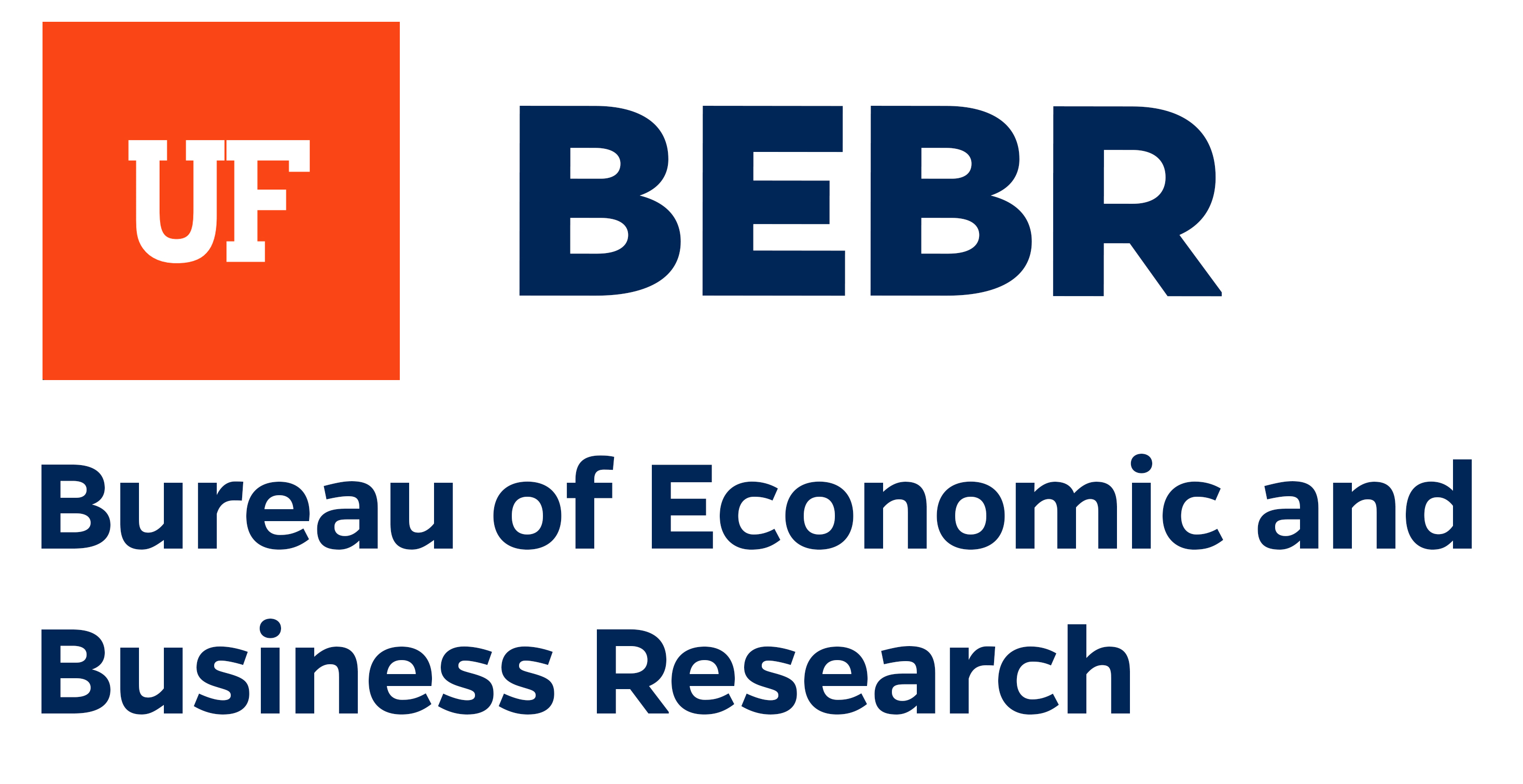Social Network Analysis is not just about describing and explaining networks, it is also about using networks for specific interventions with specific goals. Network interventions have traditionally been designed and tested in the health sciences to block contagions or spread healthy practices, and in management and business administration to improve the economic performance of organizations. We explored ways of intervening on research collaboration networks to improve the scientific productivity of a university.
Part I: Why Intervening On A Scientific Network
A scientific network is like a brain: new connections create new ways the whole system thinks and operates. However, when researchers are simply encouraged to pick collaborators for a project (for example, by a traditional Request for Applications by a research funding agency), they tend to collaborate in their comfort zone, that is, to reproduce existing connections in the network by working with previous or anyway close collaborators. Implementing a network intervention on a scientific network means creating new links that cross scientific comfort zones. Moreover, researchers who create links, that is, collaborations, in a scientific network are rarely aware of the whole network structure. On the other hand, by mapping this structure and creating network-aware collaborations, we can create specific new links that enhance specific properties of a university’s scientific network.
Part II: A Survey To Collect Researchers’ Reactions
Based on the structure of the UF scientific network, and on specific network criteria, we identified new links (collaborations) that would be potentially successful, foster interdisciplinary exchange, and enhance certain properties of the whole network. We interviewed the potential collaborators we identified, and collected their views on the possibility of succesfully working with each other.
